Weekly Reader: Influential Esthers Throughout History
Is it a coincidence that Purim and Women’s History Month are both in March? Probably. But it’s a fortuitous correspondence. On Purim we celebrate the mythic heroine Esther, through whose bravery the Jews of the Persian Empire were saved from destruction. And during Women’s History Month we celebrate the many real-life women who enriched our world in untold ways. Combining the two, let’s take this month, and this Purim, to celebrate some other Esthers who deserve acclaim.
—Ezra Glinter, Senior Staff Writer and Editor
Esther Markish
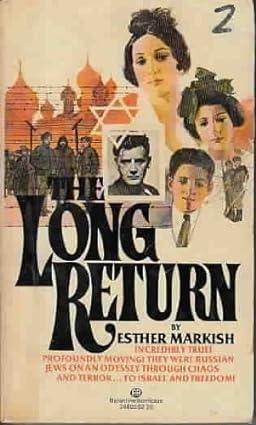
Many of you know of Perets Markish, the modernist Soviet Yiddish poet who was murdered along with twelve others on the Night of the Murdered Poets in August 1952. Fewer people remember his widow, Esther, who, along with his children, helped publish his works and revive his reputation after his official “rehabilitation” in 1955. Esther Markish eventually left the Soviet Union and settled in Israel. Her memoirs, which were translated into English in 1978 by D. I. Goldstein and titled The Long Return, provide a unique and intimate portrait of her husband and many of the Yiddish and Russian literary and cultural figures of the 1920s to 1950s.
Access teaching resources about Esther Markish and The Long Return
Listen to a talk given by Esther Markish at the Jewish Public Library in Montreal in 1973
Esther Feder Lesell
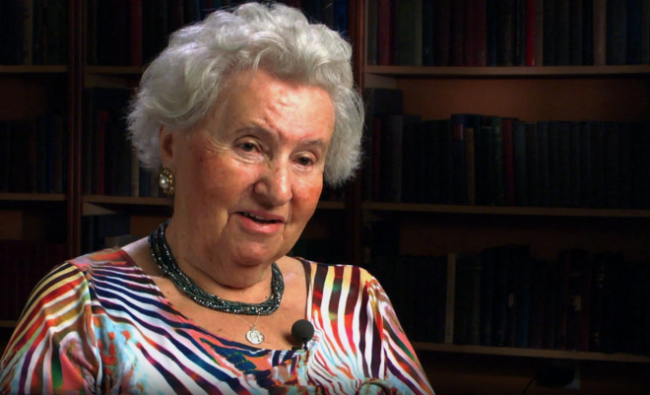
Esther Feder Lesell was born to a Yiddish-speaking family in Poland in 1930 and survived the Second World War in the Soviet Union. After getting married at age 18 in a displaced-persons camp, she emigrated to the United States and, with little English, she and her husband settled in Newark, New Jersey. Although life was hard, Esther wanted her children to have the opportunity to receive an education and have a happy life. She was interviewed by Jessica Parker for the Yiddish Book Center’s Wexler Oral History Project on August 26, 2014.
Esther Shumiatcher-Hirshbein
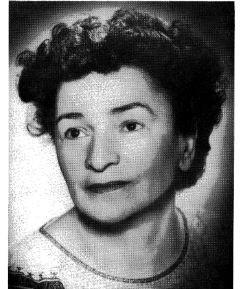
If you’ve had the opportunity to see our new permanent exhibition, Yiddish: A Global Culture, you’ll surely have noticed the very cool-looking leather steamer trunk that once belonged to Peretz and Esther Shumiatcher-Hirshbein. Peretz was one of most acclaimed Yiddish playwrights of the twentieth century, but Esther’s story is less known. Born in 1899 in Gomel, she grew up in Calgary, Canada, and married Peretz in 1920. A prolific poet, her work often draws upon themes of love, motherhood, and nature and touches upon the political, the erotic, the maternal, and the experiences of grief, mourning, and loss.
Read excerpts from “Nine Months” and “Births,” translated by Beata Kasiarz
Read “Summer Awakening,” translated by Miri Koral
Read Esther Shumiatcher-Hirshbein’s books in the Steven Spielberg Digital Yiddish Library
Esther Cohen
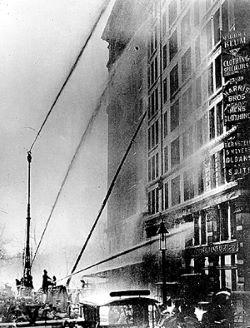
Esther Cohen is a longtime leader of labor culture in New York City and one of the organizers of the annual memorial to the women who died in the Triangle Shirtwaist Factory fire. On March 25, 1911, a fire broke out on the eighth floor of the factory, causing the death of 146 garment workers, many of them young Italian and Jewish immigrant women. In this podcast interview, Esther tells the story of how the fire became a rallying cry for the international labor movement.
The Original Esther
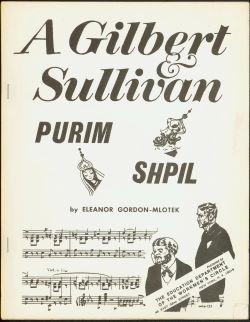
So far we’ve been highlighting real-life Esthers, but we can’t leave you without something for Purim. So here is selection of Purim highlights from our oral history collection—you’ll find a traditional Yiddish song and one less traditional, reflections from a theater director on Yiddish writer Itsik Manger’s famous rendition of the Megillah, and stories ranging in locale from prewar Vilna to a displaced-persons camp to New York City.
